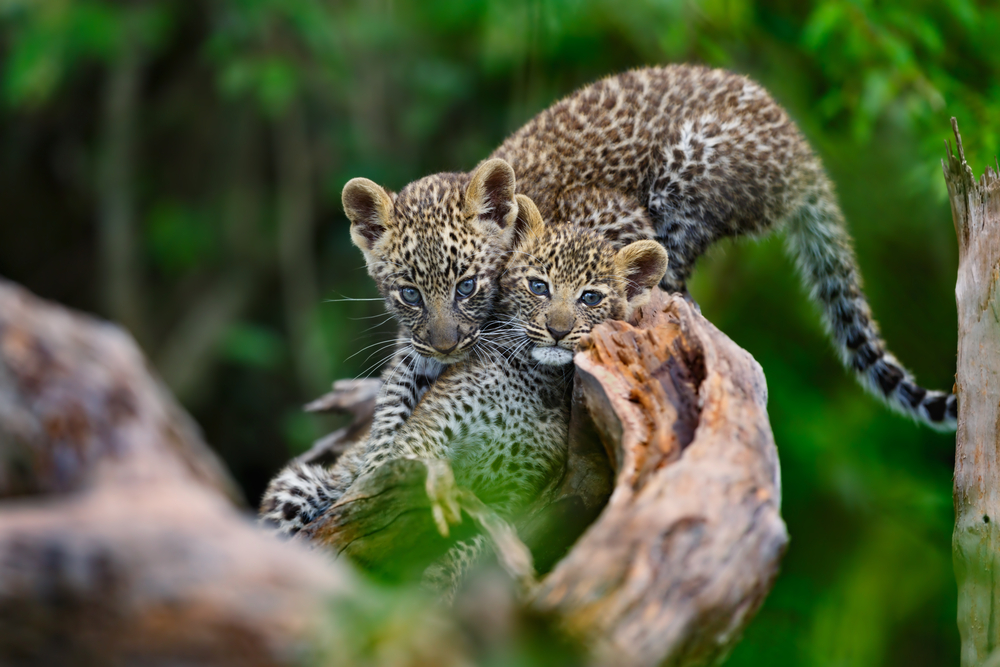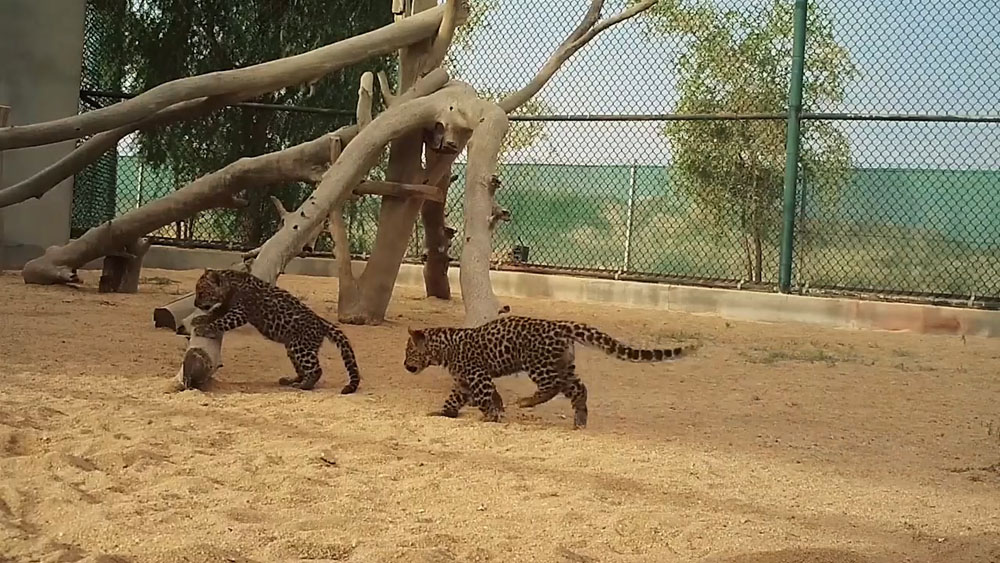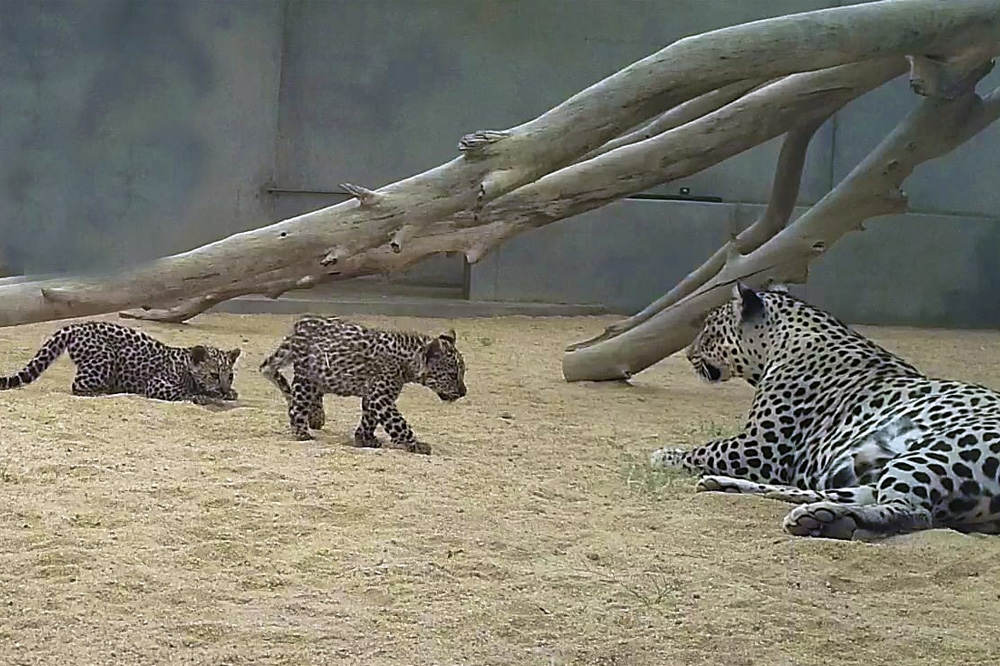
Saudi Arabia’s Royal Commission for Al Ula (RCU) has announced the birth of two Arabian leopard cubs. The male and female cubs were both born on April 26th 2019, at the Prince Saud Al Faisal Wildlife Centre and have successfully passed their 3 month development milestone. The cubs will remain with their mother, who is 10 years old, for up to 24 months in accordance with the international guidelines for breeding. The two leopard cubs were conceived as part of the RCU’s program to help preserve their critically endangered species and will be reintroduced to the wildlife they belong to.

This exciting moment marks just the beginning of the RCU’s breeding program, which was instigated by a partnership between RCU and wild cat species organization, Panthera, with an investment of around USD $20 million. The concept is to reintroduce leopards around the Al Ula region to their natural habitats via an environmental revitalization scheme. This includes captive breeding centers and the objective to include more food sources into the leopard’s diet, along with educational programs for the community on the Arabian leopards and how they can be helped.

His Highness Prince Badr bin Abdullah bin Mohammad bin Farhan Al Saud, Saudi’s Minister of Culture and RCU Governor, said in a statement, “With fewer than an estimated 200 Arabian leopards remaining in the wild globally, this is one of the most critically endangered animals in the world, and these cubs represent a new beacon of hope for the renewal of a subspecies on the brink of extinction. It is our duty to protect, conserve and build population numbers to preserve the species from becoming a footnote of history.”

Arabian leopards are blind when they are born and open their eyes over a week after they are born, sometimes after a longer period of time. The 12 week examination and incubation period is vital for new cubs, and they are unable to leave their dens for just over a month. The two new cubs born in the kingdom are now developing behavioral, growing naturally and are the future of decreasing the chances of extinction for their species.
















